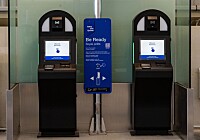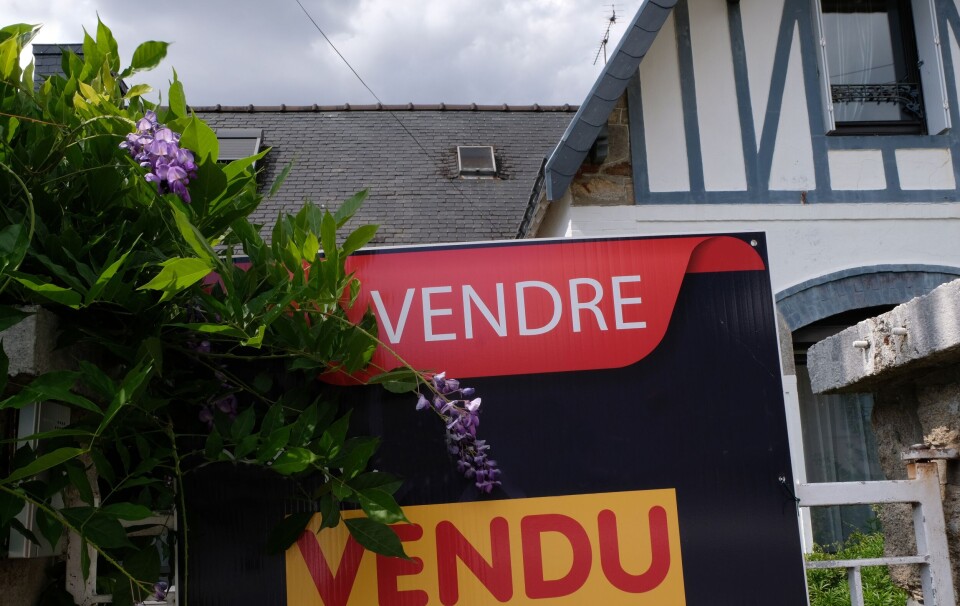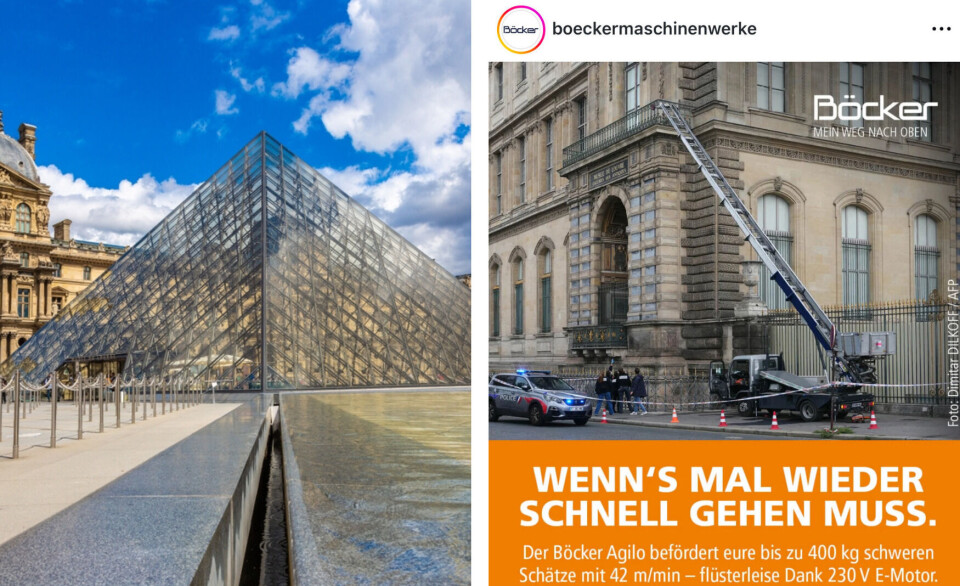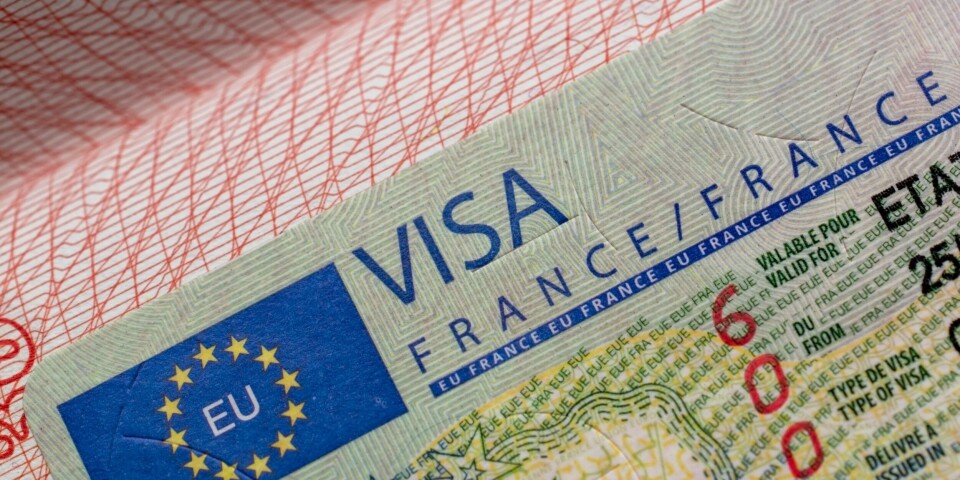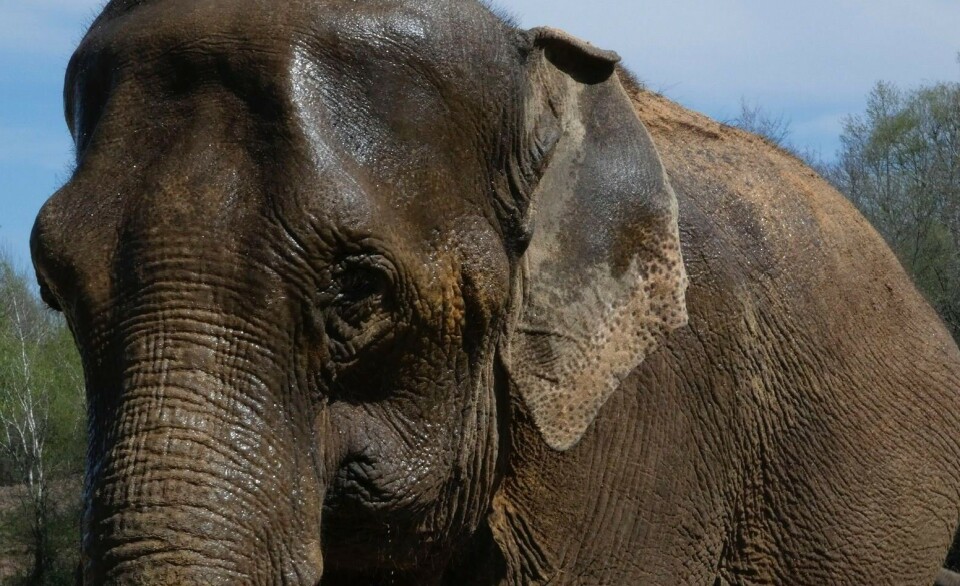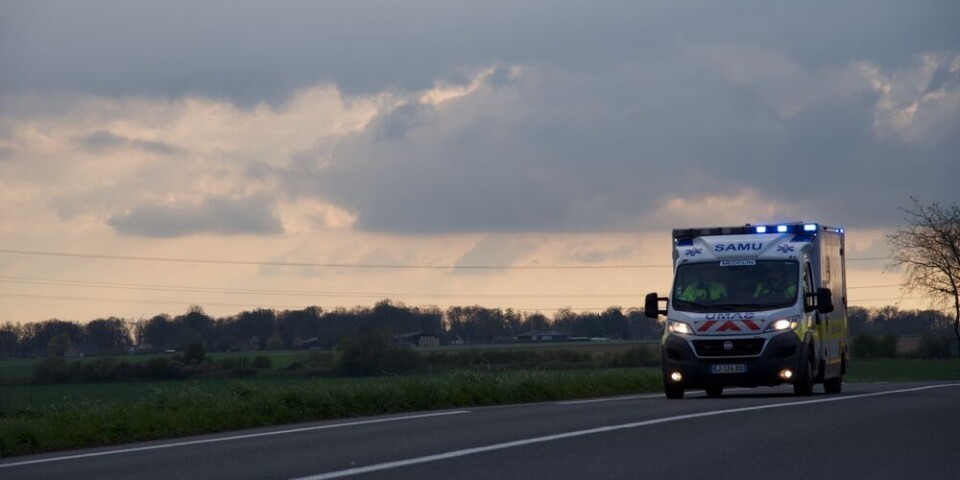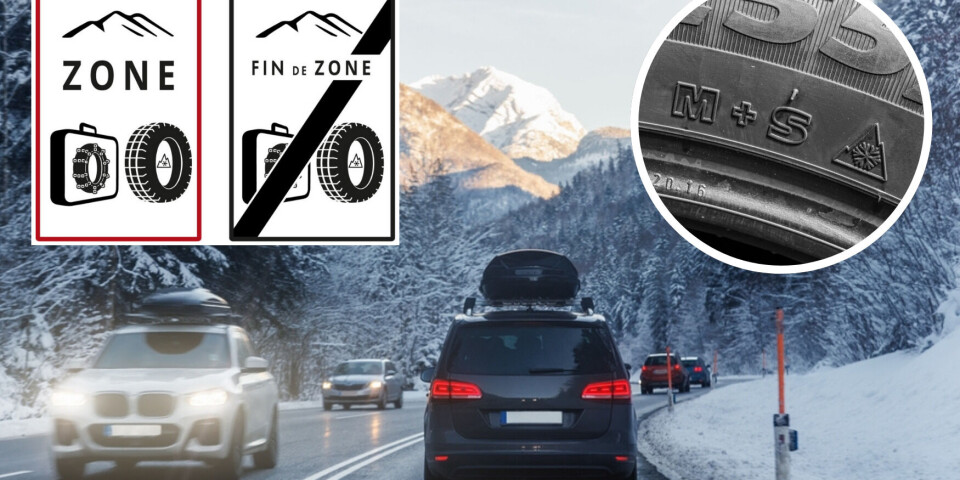How French CVs differ from those in the UK or US
Length, photo, design - CVs have aligned in recent years but some key difference remain
In the past, French CVs tended to include a photo
Tero Vesalainen/Shutterstock
Differences between French and UK or US CVs have narrowed over the years, especially with the widespread use of templates on programs such as Microsoft Word, but they still exist.
Switching language settings to French from English will bring up the program's French version – or you could try the dozens of French websites promising perfect CVs.
Traditionally, French CVs are shorter than British ones and more similar to those in the US, being no longer than one page of A4 paper, with lots of space between the various headings. However, the accompanying covering letter is often a bit longer.
French CVs are also more likely to have fancy graphic design – sometimes with the basic information down a column on the left of the page, and the longer paragraphs for qualifications and job experience on the right.
In the past, another notable layout difference was that French CVs almost always included a passport-style photograph in the top right corner.
However, this has come into question after research showed the photographs had been used for illegal discrimination. In one case, university researchers sent out attractive CVs with the same names and only different photos to companies, and found only white candidates were asked for interviews.
Officially in France only employers recruiting for very specific jobs, such as models or actors, can hire people using physical characteristics, and can specify that they want such details as height, weight or skin colour in the CV, and request a photo.
Even so, the practice of attaching a photo on the CV, often the same one used for social media, continues to be widespread in France.
Read more: Nine ways a French job centre can help jobseekers - and employers
A survey carried out by headhunters Robert Half found many recruiters claim they do not take any account of the photo, with 42% saying their first criteria is looking at the paragraph detailing previous work experience.
In its advice to people looking for work, however, the company, and most other recruiting firms, recommends working on your LinkedIn profile, including an “advantageous” profile photo.
Many professional photographers now make a point of saying they specialise in LinkedIn photos, and candidates have even admitted, anonymously, to using filters to make themselves look younger, more dynamic or to alter their skin colour.
Another contentious area is the inclusion of details such as age, sex, marital status and nationality in CVs, something which used to be common in France.
Again, researchers found details were used for illegal discrimination, especially against women of child-bearing age.
The paragraph detailing work experience in French CVs is almost always placed after a paragraph detailing your educational qualifications – in British CVs, the order is often reversed.
Educational qualifications are very important when applying for jobs in France, and recruiters often discard candidates without qualifications, even if their work experience suggests they could do the job.
Recent examples in French media have seen metal-working firms complain of lack of suitable candidates, while job-seekers with years of welding experience, but no qualifications, are being routinely rejected.
The emphasis on qualifications is probably because the legal basis for hiring someone in France on a contrat de travail à durée indéterminée (CDI) – essentially a job for life – involves set criteria that must be ticked every time an employee is hired.
Big firms are often stricter than smaller ones, and have HR specialists with masters degrees in the subject and years of study on the recruiting process.
Read more: French jobseeker rebrand aims to inspire ‘active’ take on employment
In general, boasting is not advised on French CVs, while in the UK it is perfectly acceptable to say, for instance, that you were in charge of a successful project that made the company millions, and have strong leadership skills.
University courses in human resources have for years encouraged French HR specialists to use computer automation (now AI) for the initial sorting of applications.
A tell-tale sign that this is the case is an insistence on candidates using a standard online form to apply for the job, with an attachment for their CV.
Candidates are now getting their revenge, with a large number of websites promising to use AI to create the perfect CV.
Often they start by scraping the web for your previous CVs. Some even have agreements with France Travail (formerly Pôle Emploi) to use the CVs candidates have previously submitted as a basis for their offers.
Studies by agencies Canva, Beamery and Neurasigh Data, gathered by radio station France Info, found AI-generated CVs in 33%, 45% or 57% of job applications.
The big advantage is that AI CVs include more keywords, which the recruiting AI systems look for. However, recruiters are now complaining they have too many candidates after the initial sort.
Read more: Jobs in France: These key sectors are actively recruiting



